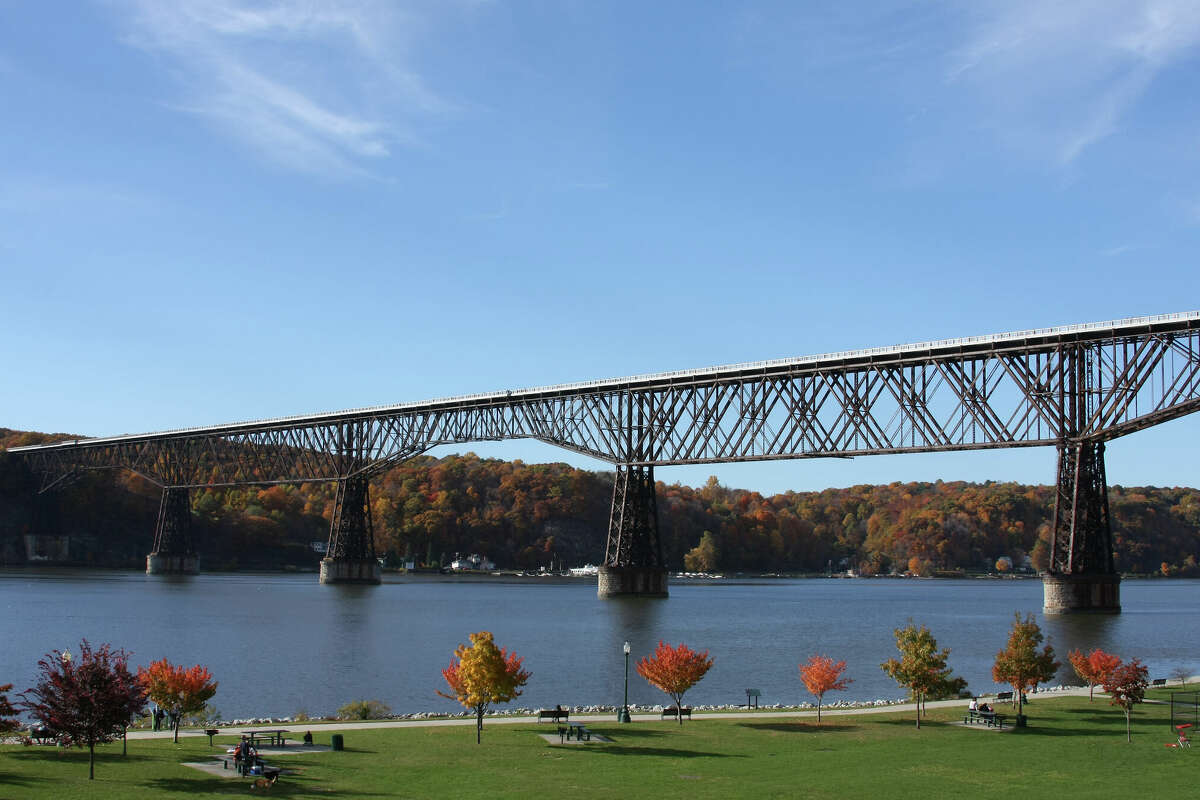

Articles
How Long Is Walkway Over The Hudson
Modified: December 7, 2023
Discover articles about the length of Walkway Over The Hudson, including tips and insights. Explore the various features and attractions along this iconic walkway.
(Many of the links in this article redirect to a specific reviewed product. Your purchase of these products through affiliate links helps to generate commission for Storables.com, at no extra cost. Learn more)
Introduction
The Walkway Over the Hudson is a spectacular pedestrian bridge that spans the Hudson River, connecting the cities of Poughkeepsie and Highland in New York. It is not just any ordinary bridge; it holds the distinction of being the longest elevated pedestrian bridge in the world. With its breathtaking views and rich history, the Walkway Over the Hudson has become a beloved landmark and a popular destination for both locals and tourists alike.
In this article, we will delve into the fascinating history of the Walkway Over the Hudson, explore its unique construction and design, and uncover the factors that determine its impressive length. Whether you are a curious traveler, an architecture enthusiast, or someone with a keen interest in engineering marvels, join us as we embark on a virtual journey across this extraordinary walkway suspended above the majestic Hudson River.
Key Takeaways:
- The Walkway Over the Hudson is the longest elevated pedestrian bridge in the world, spanning approximately 1.28 miles and offering breathtaking views of the Hudson River Valley.
- The bridge’s impressive length is a result of careful engineering, historical preservation, and inclusive design, providing ample space for recreational activities and ensuring accessibility for all visitors.
Read more: How To Lay A Brick Walkway Over Concrete
History of Walkway Over The Hudson
The origins of the Walkway Over the Hudson can be traced back to the late 19th century when the first railroad bridge was constructed. Originally known as the Poughkeepsie-Highland Railroad Bridge, it was completed in 1889 and served as a vital transportation link for trains carrying passengers and goods across the Hudson River.
For decades, the railroad bridge played a crucial role in the region’s transportation infrastructure. However, as rail travel declined in the mid-20th century, the bridge fell into disuse and eventually faced the threat of demolition. Recognizing the historical significance and potential recreational value of the bridge, a group of dedicated individuals formed the Walkway Over the Hudson organization in the early 1990s.
After years of persistent efforts and fundraising, the organization successfully secured the necessary support and funding to transform the abandoned railroad bridge into a pedestrian walkway. The rehabilitation project began in 2008, and on October 3, 2009, the transformed Walkway Over the Hudson was officially opened to the public.
Since its inception, the Walkway Over the Hudson has attracted millions of visitors who come to experience the unique combination of history and natural beauty. The bridge has not only become a symbol of community pride but also a testament to the power of preservation and revitalization.
Today, the Walkway Over the Hudson State Historic Park is managed and maintained by the New York State Office of Parks, Recreation and Historic Preservation. Through ongoing preservation efforts and educational programs, the park continues to preserve the historical significance of the bridge while providing a scenic and accessible recreational space for everyone to enjoy.
Construction and Design
The construction and design of the Walkway Over the Hudson is a testament to human ingenuity and engineering prowess. The transformation of the old railroad bridge into a pedestrian walkway required careful planning, innovative techniques, and meticulous attention to detail.
The original Poughkeepsie-Highland Railroad Bridge was a steel truss bridge, consisting of a network of triangular steel frames that provided strength and stability. During the rehabilitation process, the steel trusses were reinforced and restored to ensure the structural integrity of the walkway.
To create a pedestrian-friendly experience and enhance safety, a new deck was added to the bridge. The deck is made of durable materials that can withstand heavy foot traffic, including concrete and steel. The surface of the walkway is designed to be non-slip, providing a secure and comfortable walking surface for visitors.
In addition to the deck, numerous enhancements were incorporated into the design of the walkway to enhance the visitor experience. This includes benches, lighting along the walkway, and informative signs that provide historical and educational information about the bridge and its surroundings.
One of the most striking features of the Walkway Over the Hudson is its height. The bridge stands 212 feet above the Hudson River, offering panoramic views of the surrounding landscape. The elevation provides an unparalleled perspective of the river, the nearby mountains, and the picturesque towns along its banks.
Part of the design process was also focused on ensuring accessibility for all visitors. The walkway features ramps and elevators at both the Poughkeepsie and Highland entrances, making it accessible for people of all abilities, including wheelchair users and those with mobility challenges.
The construction and design of the Walkway Over the Hudson took into consideration not only the functional aspects but also the aesthetic appeal. The walkway seamlessly blends with the natural surroundings, enhancing the scenic beauty of the Hudson River Valley.
Overall, the construction and design of the Walkway Over the Hudson is a testament to the vision of its creators and the collaborative efforts of engineers, architects, and construction teams. It has transformed a disused railroad bridge into a world-class pedestrian walkway that captures the hearts and minds of visitors from around the globe.
Length of Walkway Over The Hudson
The length of the Walkway Over the Hudson is often a topic of curiosity and amazement. Stretching across the Hudson River, this elevated pedestrian bridge holds the distinction of being the longest of its kind in the world.
The total length of the walkway is approximately 1.28 miles or 2 kilometers. To put it into perspective, that’s equivalent to walking approximately 25 city blocks or 2,240 feet. This impressive length allows visitors to embark on a leisurely stroll or bike ride, taking in the breathtaking views and immersing themselves in the natural beauty of the Hudson River Valley.
The length of the Walkway Over the Hudson is not only a testament to its engineering accomplishments but also a reflection of the historical rail corridor it once served. The original railroad bridge spanned a similar distance, and during the transformation process, efforts were made to maintain the integrity and length of the bridge while ensuring a safe and accessible experience for pedestrians.
As visitors traverse the entire length of the walkway, they have the opportunity to admire the stunning vistas of the Hudson River, gaze at the majestic Catskill Mountains in the distance, and take in the charming waterfront towns that dot the landscape. It’s a journey that allows them to connect with nature, appreciate the historical significance of the bridge, and create lasting memories.
The length of the walkway also provides ample space for various recreational activities. Visitors can enjoy jogging, rollerblading, or even participating in organized events such as charity walks and marathons. The wide expanse of the walkway ensures that there is enough room for everyone to enjoy the experience without feeling crowded.
It’s important to note that the length of the walkway includes not only the span over the river but also the sections connecting to the adjacent land on both sides. These approach sections enable visitors to seamlessly access the walkway and provide a smooth transition from the surrounding areas to the elevated bridge itself.
Overall, the length of the Walkway Over the Hudson is a remarkable feat of engineering and design. It allows visitors to immerse themselves in the natural beauty of the Hudson River Valley, while also appreciating the historical significance of the bridge. Whether you visit for a leisurely stroll, a heart-pumping jog, or simply to soak in the panoramic views, the length of the walkway ensures there is plenty to explore and enjoy.
The Walkway Over the Hudson is 1.28 miles long, making it the longest elevated pedestrian bridge in the world.
Factors Affecting the Length
Several factors come into play when determining the length of the Walkway Over the Hudson. These factors influence the overall span of the bridge and contribute to its impressive length. Understanding these factors gives us insight into the construction and design decisions that were made during the rehabilitation process.
1. Geography and Topography: The geographical and topographical features of the Hudson River Valley play a significant role in determining the length of the walkway. The width of the river and the desired clearance from the water level dictate the span needed to connect the two riverbanks.
2. Preservation of Historical Structure: The rehabilitation project aimed to preserve the historical integrity of the original railroad bridge. As a result, efforts were made to maintain the overall length of the bridge, including the trusses and support structures.
3. Accessibility Considerations: Creating an accessible experience for all visitors was a crucial factor in determining the length of the walkway. Ramps and elevators were added at both ends to ensure that people of all abilities can easily access the bridge. These access points add to the overall length of the walkway.
4. Recreational and Use Case Considerations: The walkway was designed to accommodate various recreational activities such as walking, jogging, and cycling. The length was determined based on the desired space needed to comfortably accommodate these activities and allow visitors to enjoy the experience without feeling crowded.
5. Connection to Adjacent Areas: The walkway not only spans the river but also connects to the adjacent land on both sides. The sections leading up to the elevated bridge are designed to smoothly transition visitors from the surrounding areas onto the walkway itself.
These factors, along with other engineering and design considerations, contribute to the overall length of the Walkway Over the Hudson. By carefully considering and balancing these factors, the project successfully transformed an abandoned railroad bridge into a world-class pedestrian walkway, offering visitors a unique and unforgettable experience.
Measurement Techniques
Accurately measuring the length of the Walkway Over the Hudson required careful techniques and tools. Engineers and surveyors employed various methods to ensure precision and consistency in capturing the span of the bridge and its approach sections. Here are some of the measurement techniques utilized during the evaluation and construction process:
1. Total Station Survey: A Total Station is a sophisticated instrument that combines electronic distance measurement (EDM) and an electronic theodolite to measure distances and angles. Surveyors used Total Stations to gather precise measurements of various points along the walkway, including the ends of the bridge, approach sections, and other critical reference points.
2. Laser Distance Measurement: Laser distance measurement devices utilize laser beams to determine distances accurately. These devices were employed to measure specific sections of the walkway, providing precise data that contributed to the overall length calculation.
3. Global Positioning System (GPS): GPS technology played a valuable role in determining the exact geographic coordinates of key points along the walkway. GPS devices, along with satellite signals, helped capture the exact locations of the bridge ends and approach sections, which were crucial for calculating the overall length.
4. Aerial LiDAR Scanning: Light Detection and Ranging (LiDAR) technology involves sending laser pulses from an aircraft to the ground. The reflected pulses are then collected to create precise 3D models of the terrain. Aerial LiDAR scanning was used to capture detailed topographic data of the entire bridge and surrounding areas, which assisted in accurately measuring the length of the walkway.
5. Digital Photogrammetry: Digital photogrammetry utilizes photographs taken from various angles to create accurate measurements and 3D models. By analyzing photographs taken from different perspectives, engineers were able to extract precise measurements and dimensions of the bridge and its approach sections.
These measurement techniques, along with meticulous documentation and calculations, enabled engineers and surveyors to determine the exact length of the Walkway Over the Hudson. The combination of modern technology, surveying expertise, and attention to detail ensured the accuracy and consistency of the final measurements.
The data collected through these measurement techniques serves not only as a testament to the engineering and technical skill involved in the project but also as valuable information for maintenance and future development of the walkway.
Conclusion
The Walkway Over the Hudson stands as a remarkable engineering feat and a cherished symbol of community revitalization. Its impressive length showcases the commitment to preserving history and creating a space for both recreation and reflection. As visitors traverse the walkway, they are treated to breathtaking views of the Hudson River Valley, embracing the natural beauty that surrounds them.
The history of the walkway, from its days as a railroad bridge to its transformation into a pedestrian walkway, is a testament to the power of preservation and community collaboration. The careful construction and design considerations, along with the utilization of innovative measurement techniques, have resulted in a remarkable attraction that captures the imagination of visitors from near and far.
Measured at approximately 1.28 miles, the length of the walkway provides ample space for visitors to enjoy a peaceful stroll, engage in recreational activities, or simply immerse themselves in the tranquility of the Hudson River. The inclusion of accessible features ensures that individuals of all abilities can enjoy the walkway, promoting inclusivity and equal access to this remarkable destination.
The measurement techniques employed during the evaluation and construction process showcased the precision and attention to detail that went into the creation of the walkway. From advanced surveying tools to aerial scanning technologies, every effort was made to accurately capture the span of the bridge and its approach sections, contributing to the overall length calculation.
In conclusion, the Walkway Over the Hudson is more than just a bridge. It is a testament to the triumph of history, preservation, and community dedication. With its breathtaking views, historical significance, and impressive length, the walkway has become a beloved destination for locals and tourists alike. Whether you visit to admire the engineering marvel, enjoy a leisurely walk, or simply soak in the scenic beauty, the Walkway Over the Hudson offers an unforgettable experience that will stay with you long after you leave.
Frequently Asked Questions about How Long Is Walkway Over The Hudson
Was this page helpful?
At Storables.com, we guarantee accurate and reliable information. Our content, validated by Expert Board Contributors, is crafted following stringent Editorial Policies. We're committed to providing you with well-researched, expert-backed insights for all your informational needs.
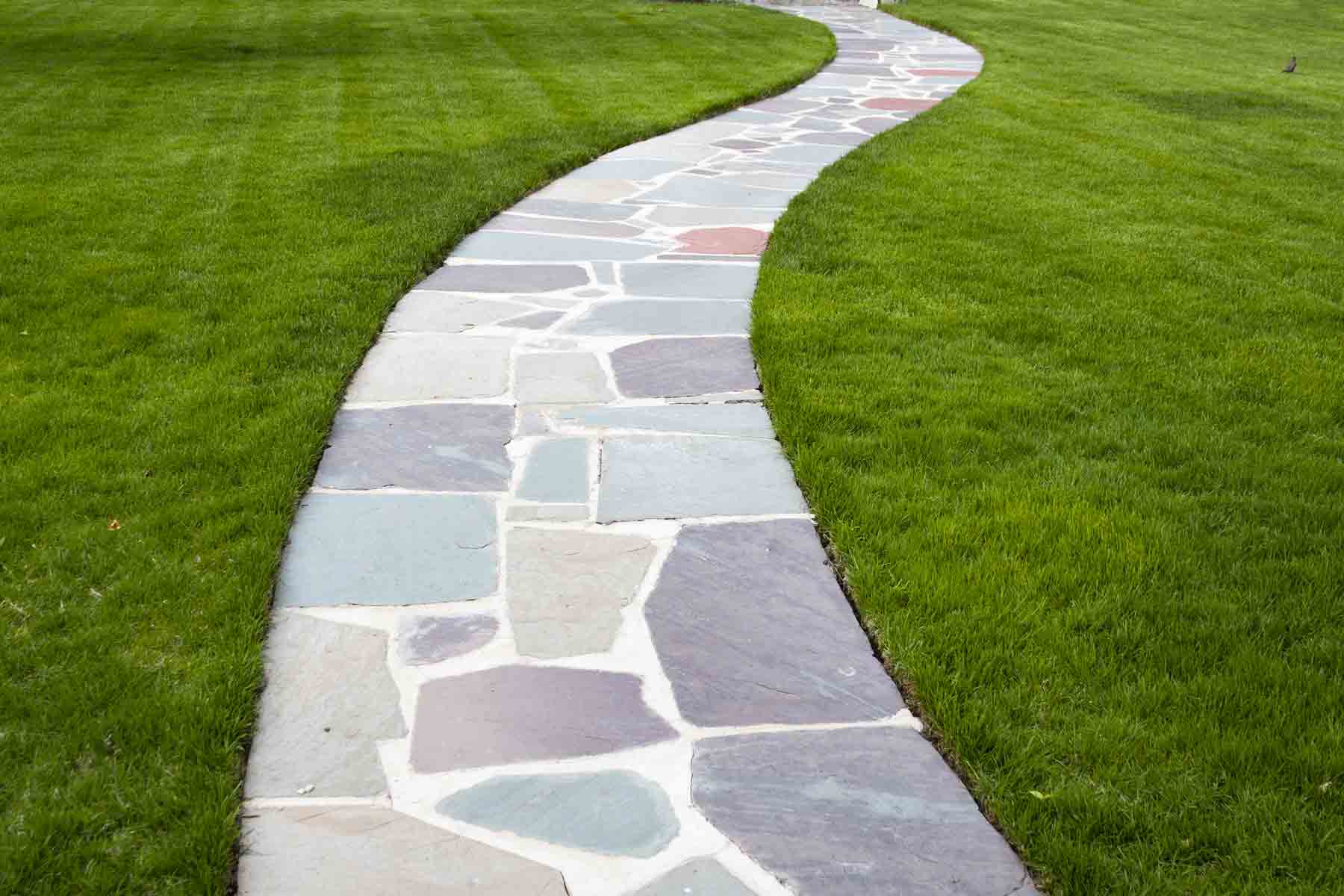
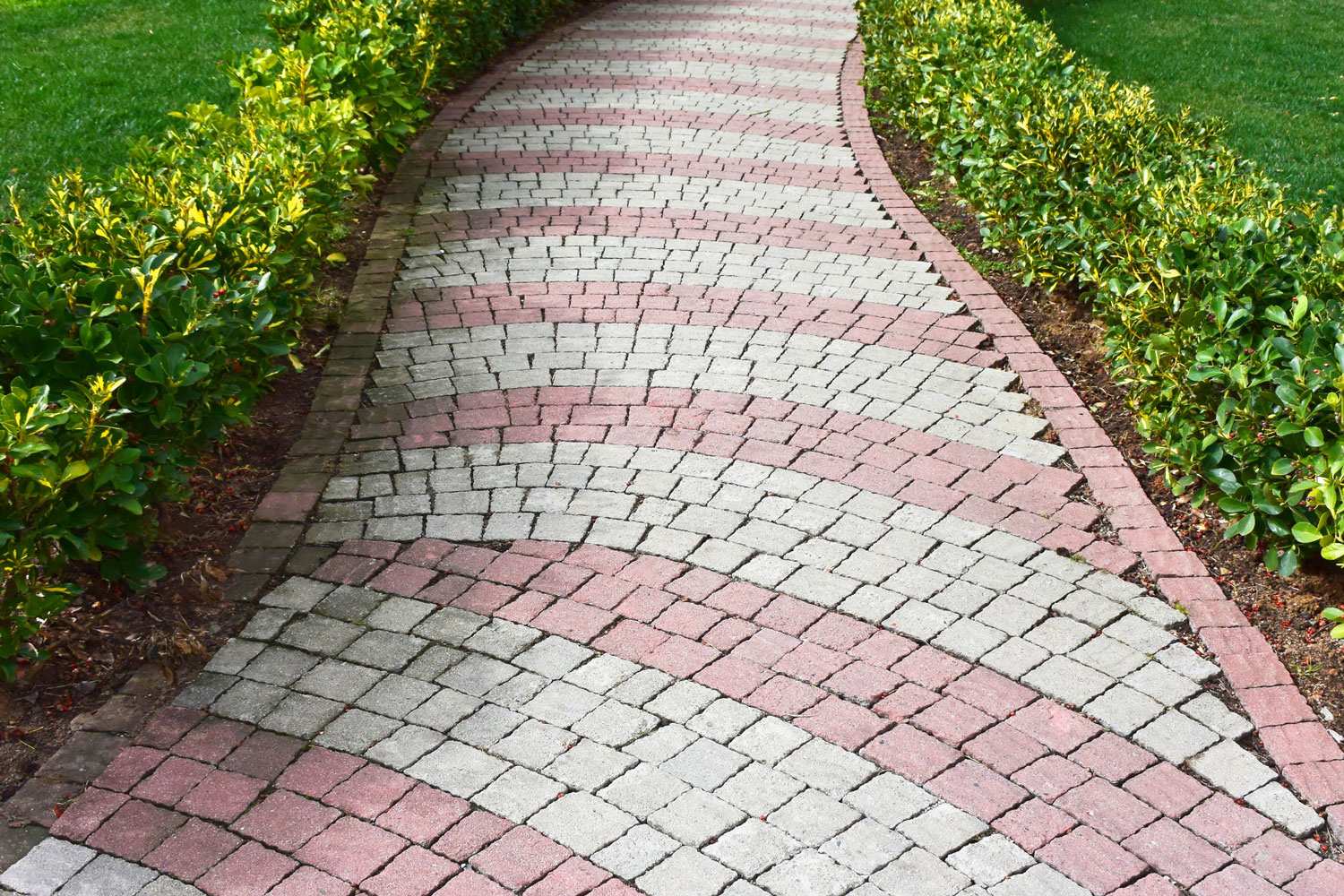
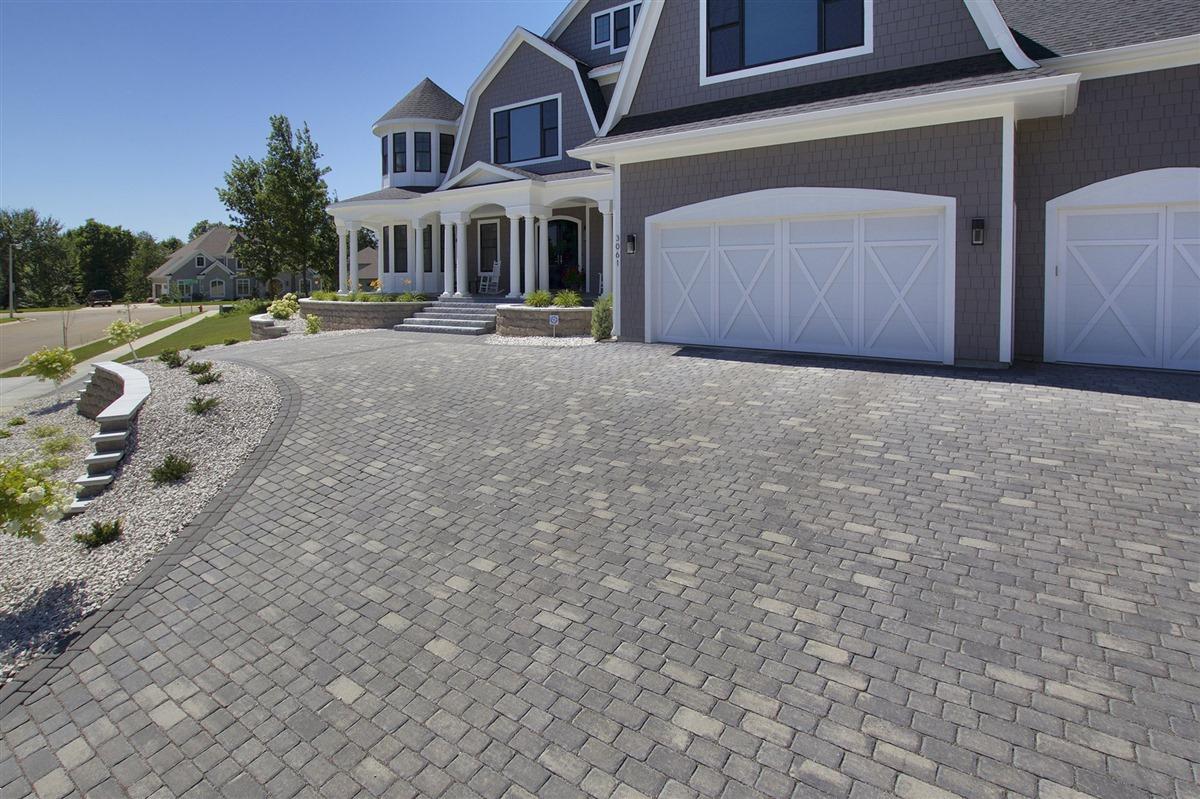


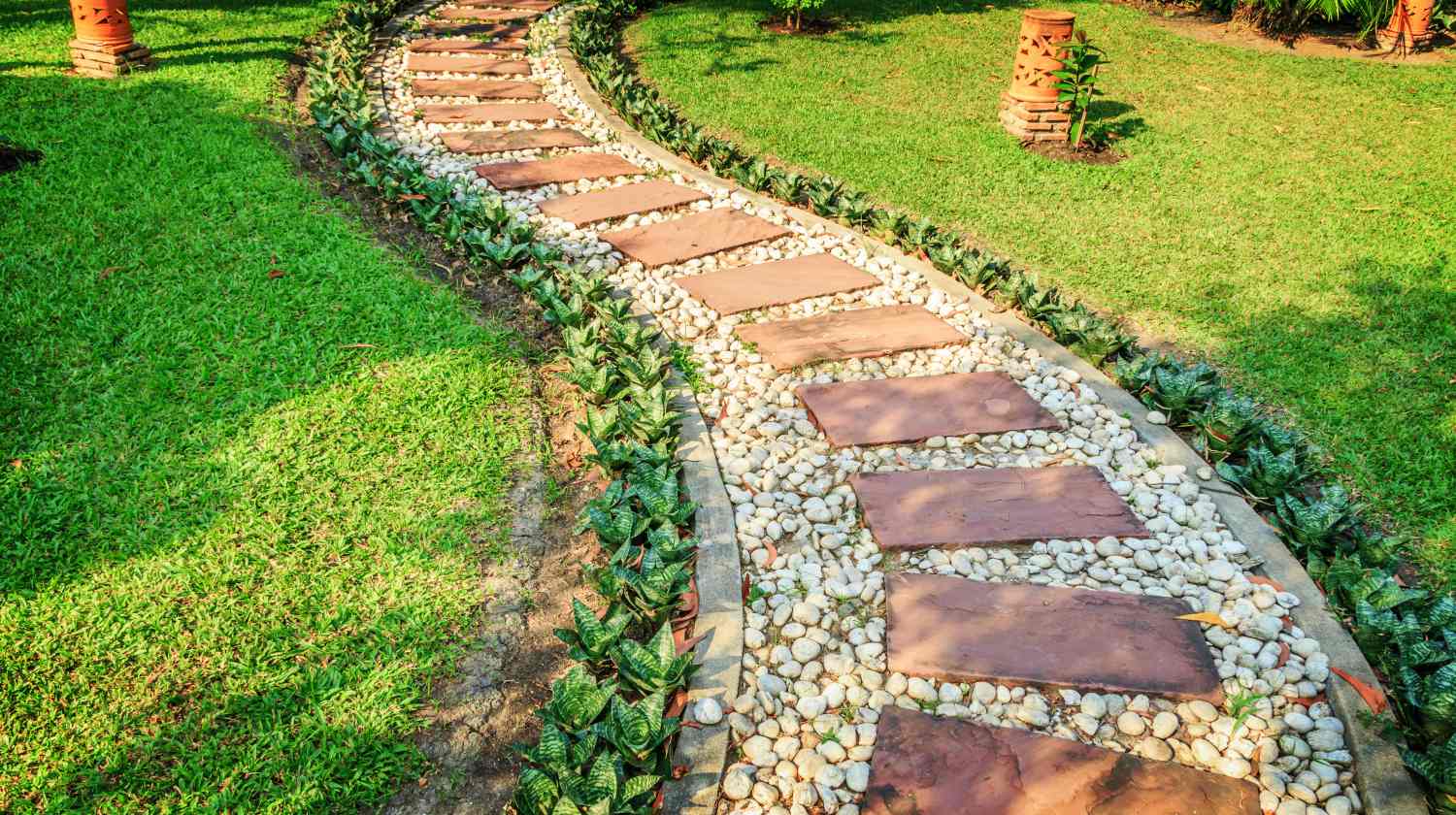
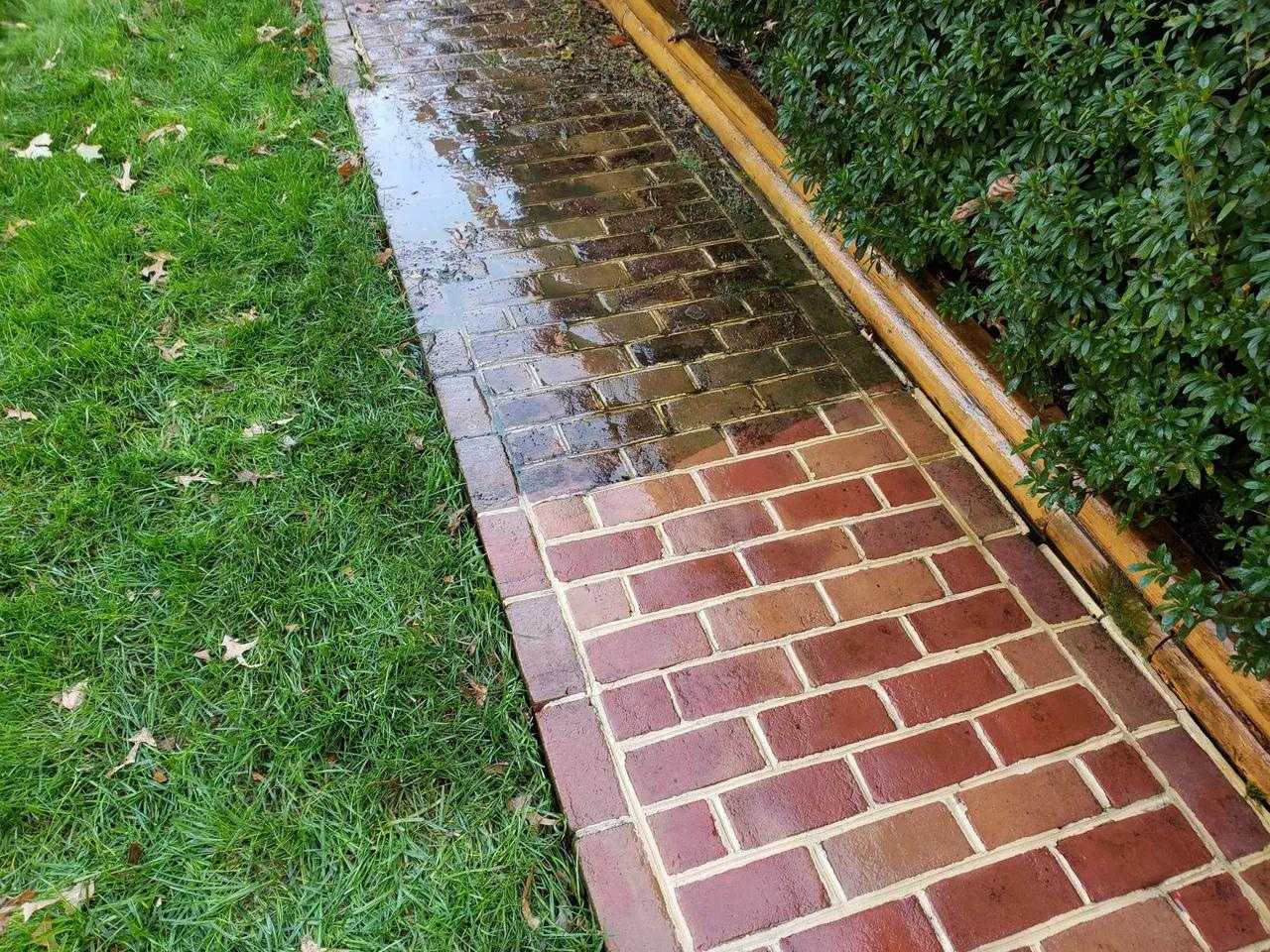
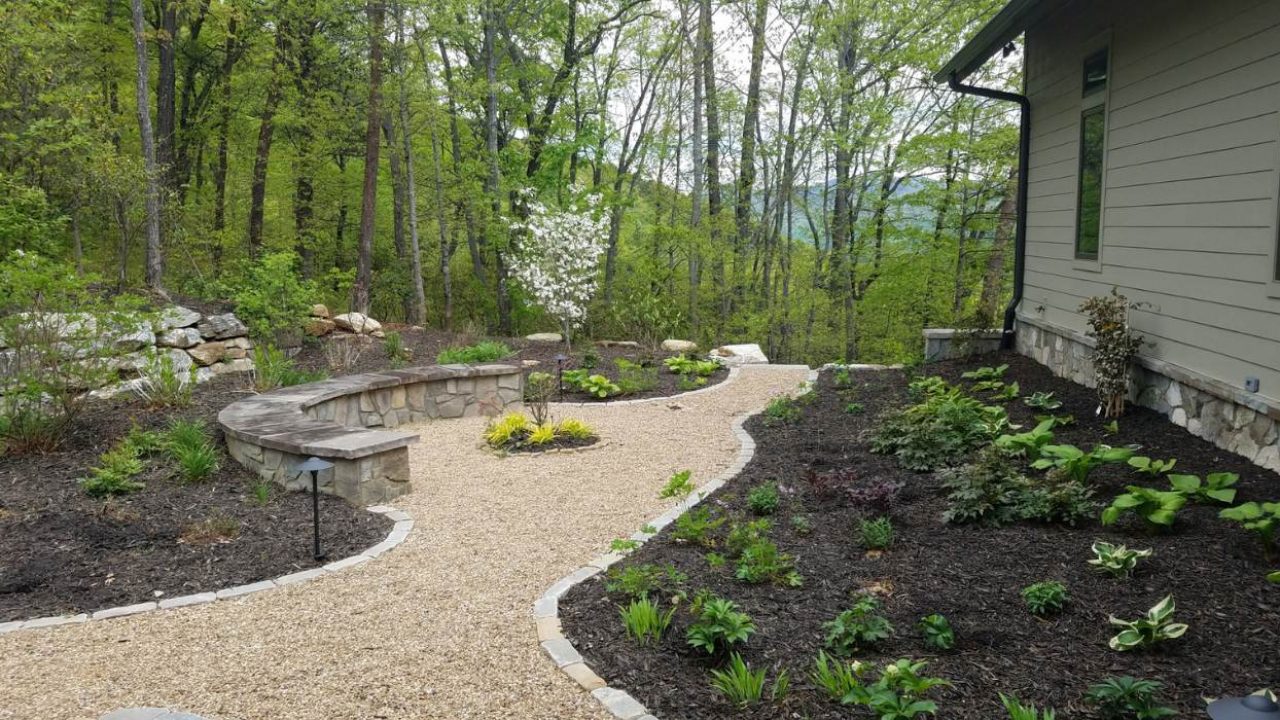
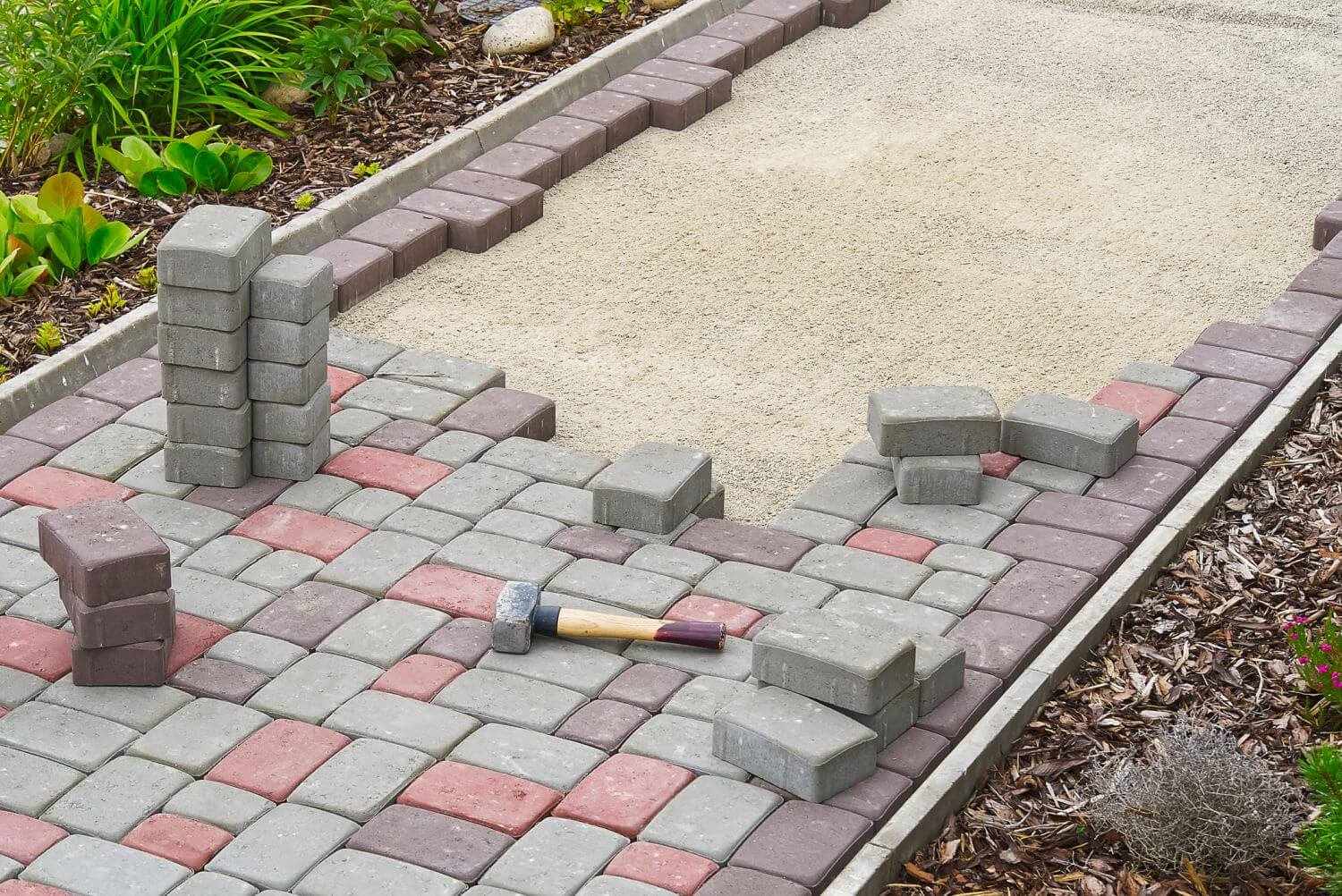
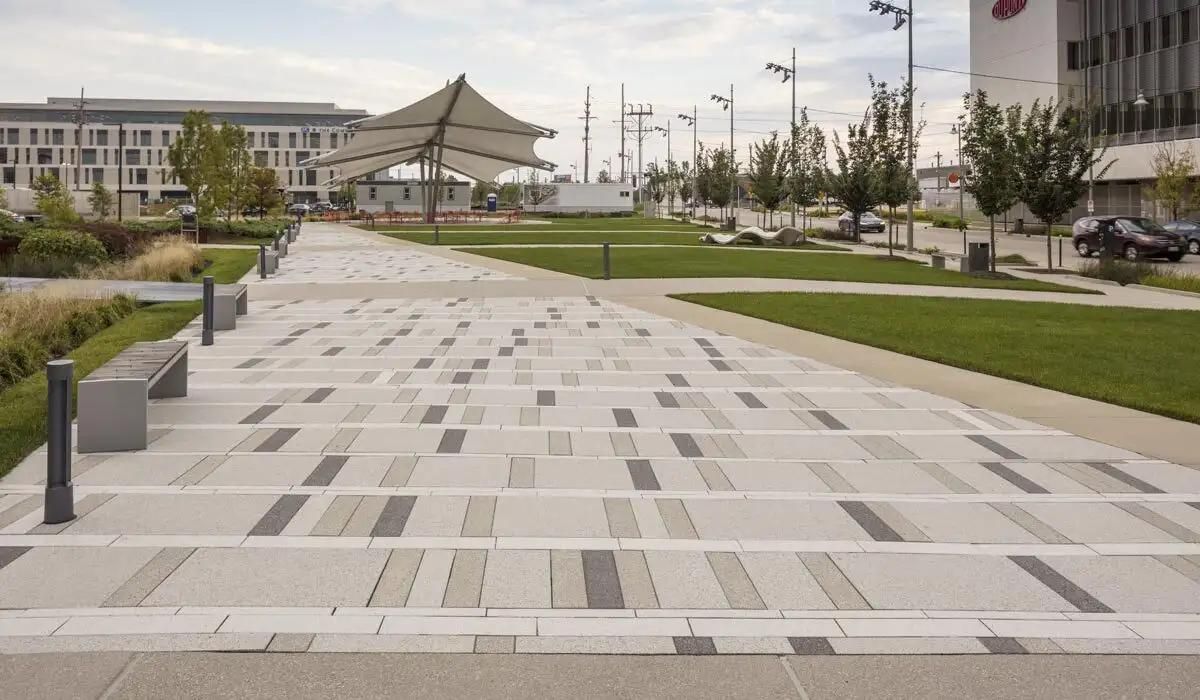

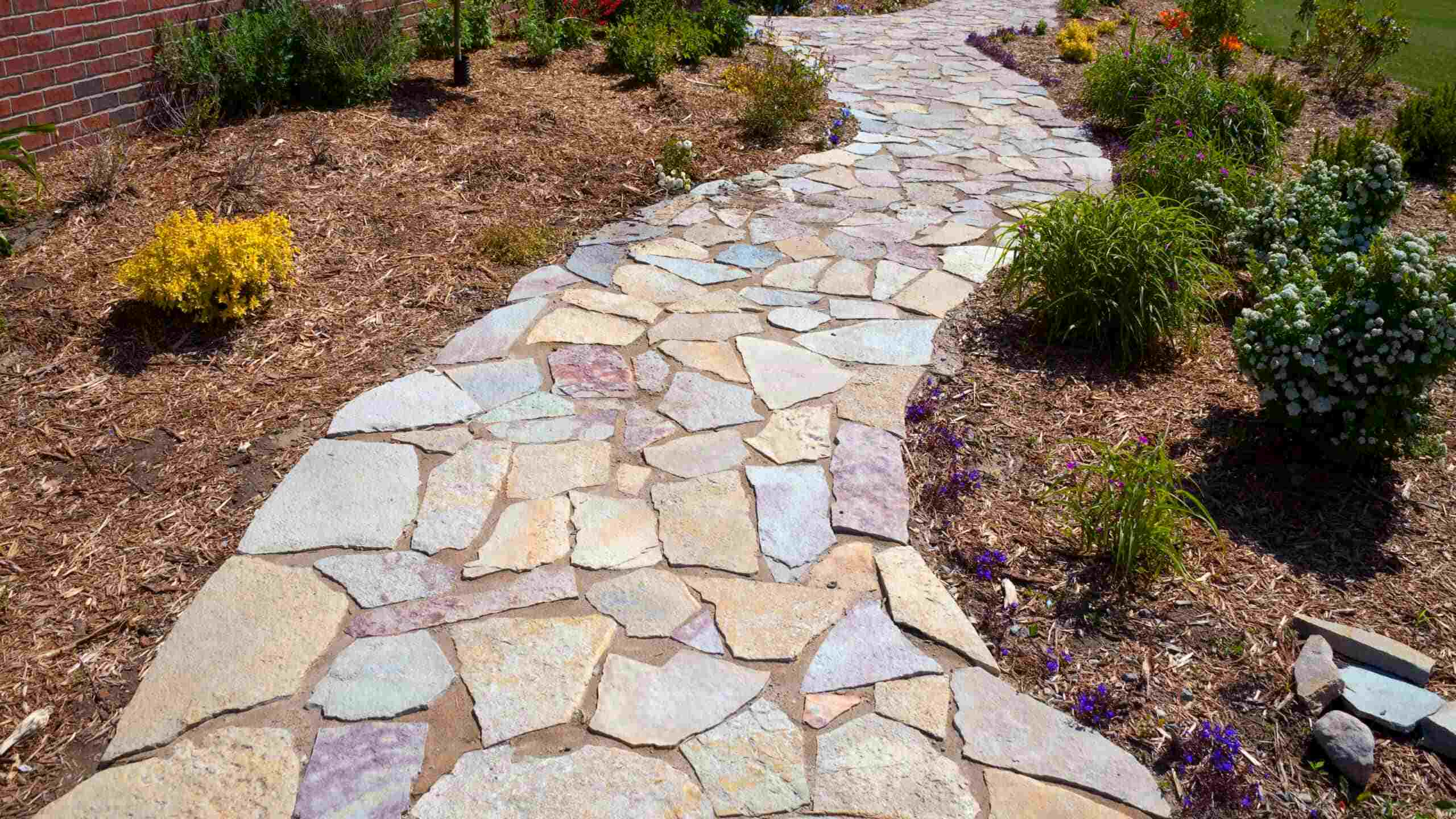
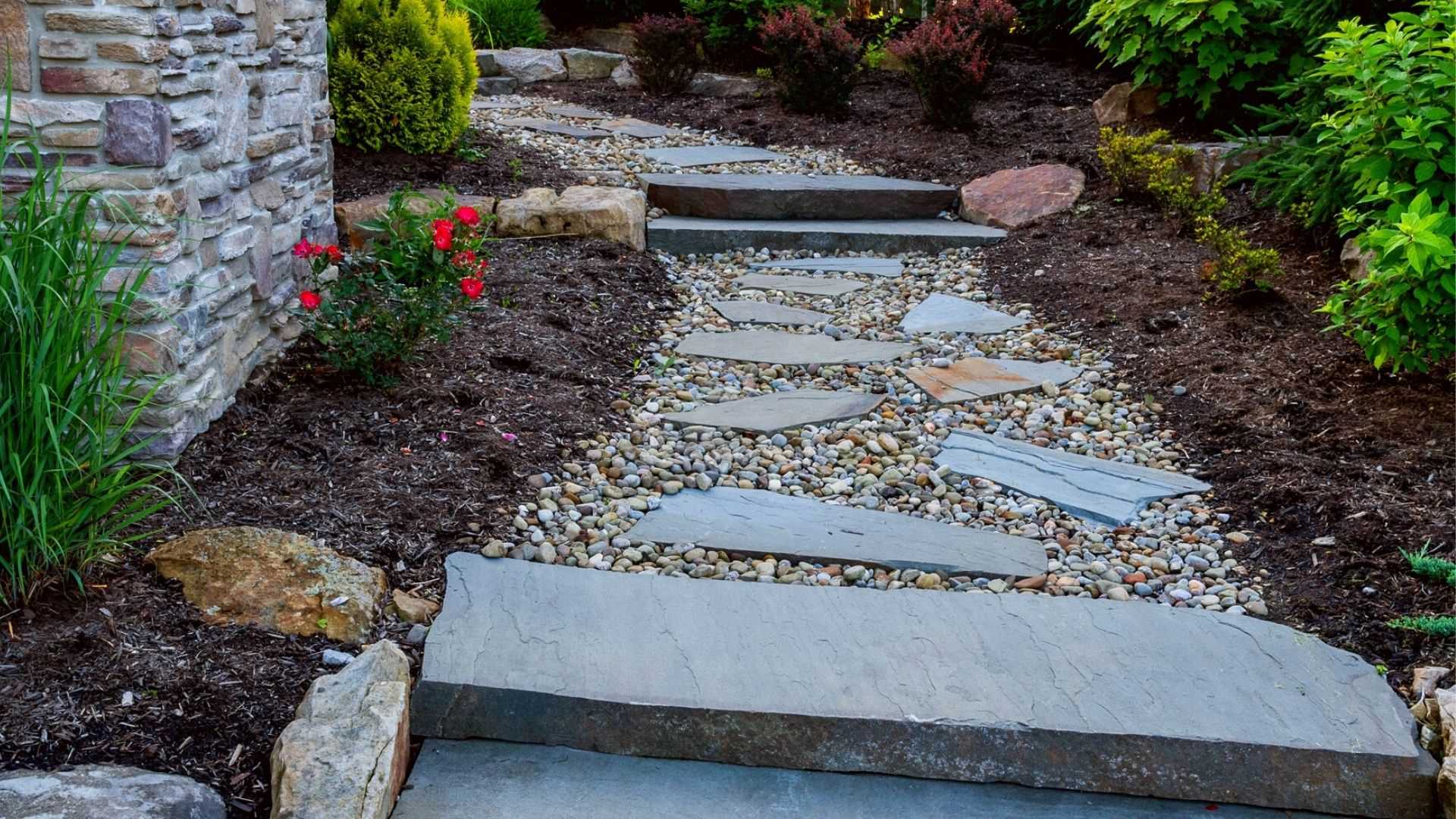
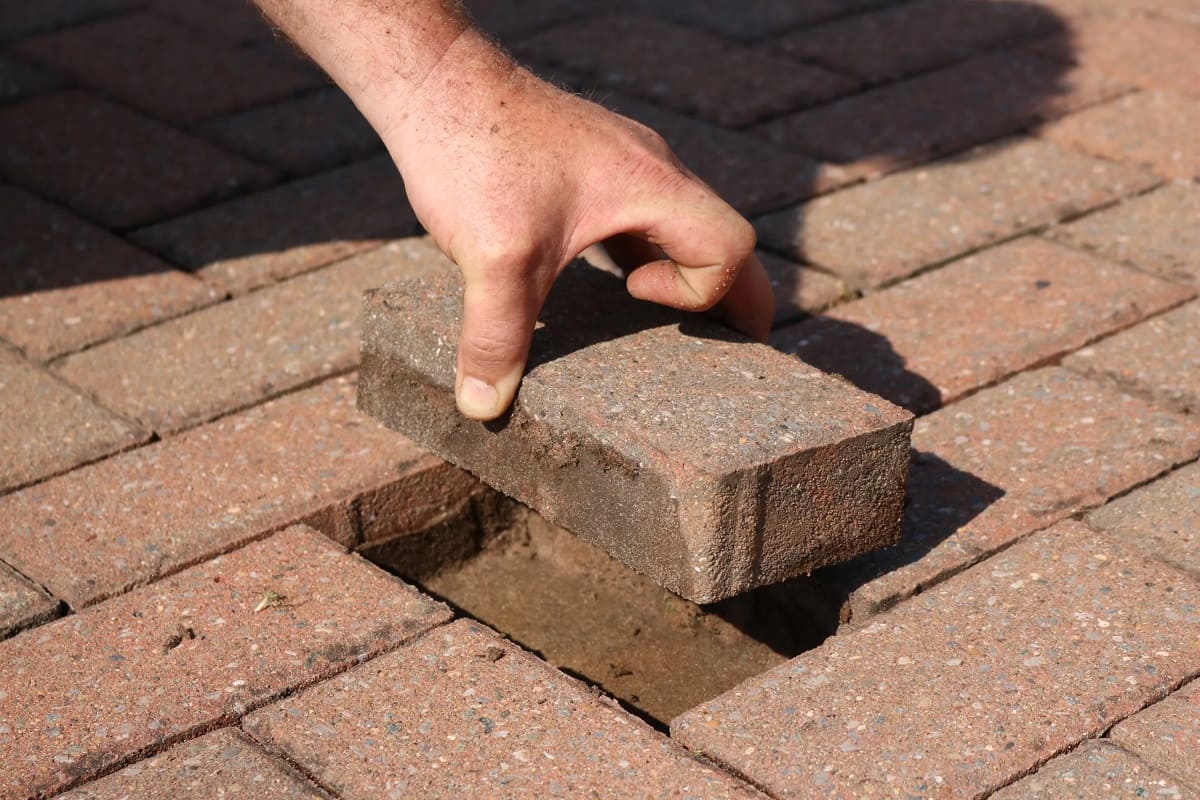

0 thoughts on “How Long Is Walkway Over The Hudson”